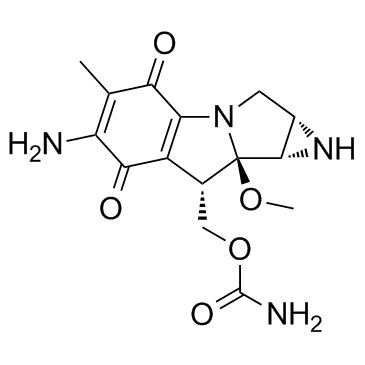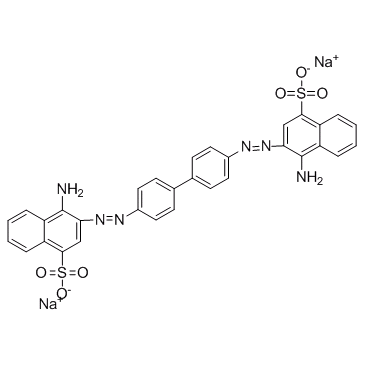Relevant role of fibronectin-binding proteins in Staphylococcus aureus biofilm-associated foreign-body infections.
Marta Vergara-Irigaray, Jaione Valle, Nekane Merino, Cristina Latasa, Begoña García, Igor Ruiz de Los Mozos, Cristina Solano, Alejandro Toledo-Arana, José R Penadés, Iñigo Lasa
文献索引:Infect. Immun. 77(9) , 3978-91, (2009)
全文:HTML全文
摘要
Staphylococcus aureus can establish chronic infections on implanted medical devices due to its capacity to form biofilms. Analysis of the factors that assemble cells into a biofilm has revealed the occurrence of strains that produce either a polysaccharide intercellular adhesin/poly-N-acetylglucosamine (PIA/PNAG) exopolysaccharide- or a protein-dependent biofilm. Examination of the influence of matrix nature on the biofilm capacities of embedded bacteria has remained elusive, because a natural strain that readily converts between a polysaccharide- and a protein-based biofilm has not been studied. Here, we have investigated the clinical methicillin (meticillin)-resistant Staphylococcus aureus strain 132, which is able to alternate between a proteinaceous and an exopolysaccharidic biofilm matrix, depending on environmental conditions. Systematic disruption of each member of the LPXTG surface protein family identified fibronectin-binding proteins (FnBPs) as components of a proteinaceous biofilm formed in Trypticase soy broth-glucose, whereas a PIA/PNAG-dependent biofilm was produced under osmotic stress conditions. The induction of FnBP levels due to a spontaneous agr deficiency present in strain 132 and the activation of a LexA-dependent SOS response or FnBP overexpression from a multicopy plasmid enhanced biofilm development, suggesting a direct relationship between the FnBP levels and the strength of the multicellular phenotype. Scanning electron microscopy revealed that cells growing in the FnBP-mediated biofilm formed highly dense aggregates without any detectable extracellular matrix, whereas cells in a PIA/PNAG-dependent biofilm were embedded in an abundant extracellular material. Finally, studies of the contribution of each type of biofilm matrix to subcutaneous catheter colonization revealed that an FnBP mutant displayed a significantly lower capacity to develop biofilm on implanted catheters than the isogenic PIA/PNAG-deficient mutant.
相关化合物
| 结构式 | 名称/CAS号 | 分子式 | 全部文献 |
|---|---|---|---|
 |
丝裂霉素C
CAS:50-07-7 |
C15H18N4O5 | |
 |
刚果红
CAS:573-58-0 |
C32H22N6Na2O6S2 |
|
DNA damage-specific deubiquitination regulates Rad18 functio...
2014-07-21 [J. Cell Biol. 206(2) , 183-97, (2014)] |
|
Sodium fluoride promotes apoptosis by generation of reactive...
2014-01-01 [J. Toxicol. Environ. Health A 77(21) , 1269-80, (2014)] |
|
Piperine inhibits the growth and motility of triple-negative...
2015-02-01 [Cancer Lett. 357(1) , 129-40, (2014)] |
|
Functional Genetic Screen Identifies Increased Sensitivity t...
2015-04-01 [Mol. Cancer Ther. 14 , 865-76, (2015)] |
|
Fluorescent mixed ligand copper(II) complexes of anthracene-...
2015-07-14 [Dalton Trans. 44 , 11997-2010, (2015)] |